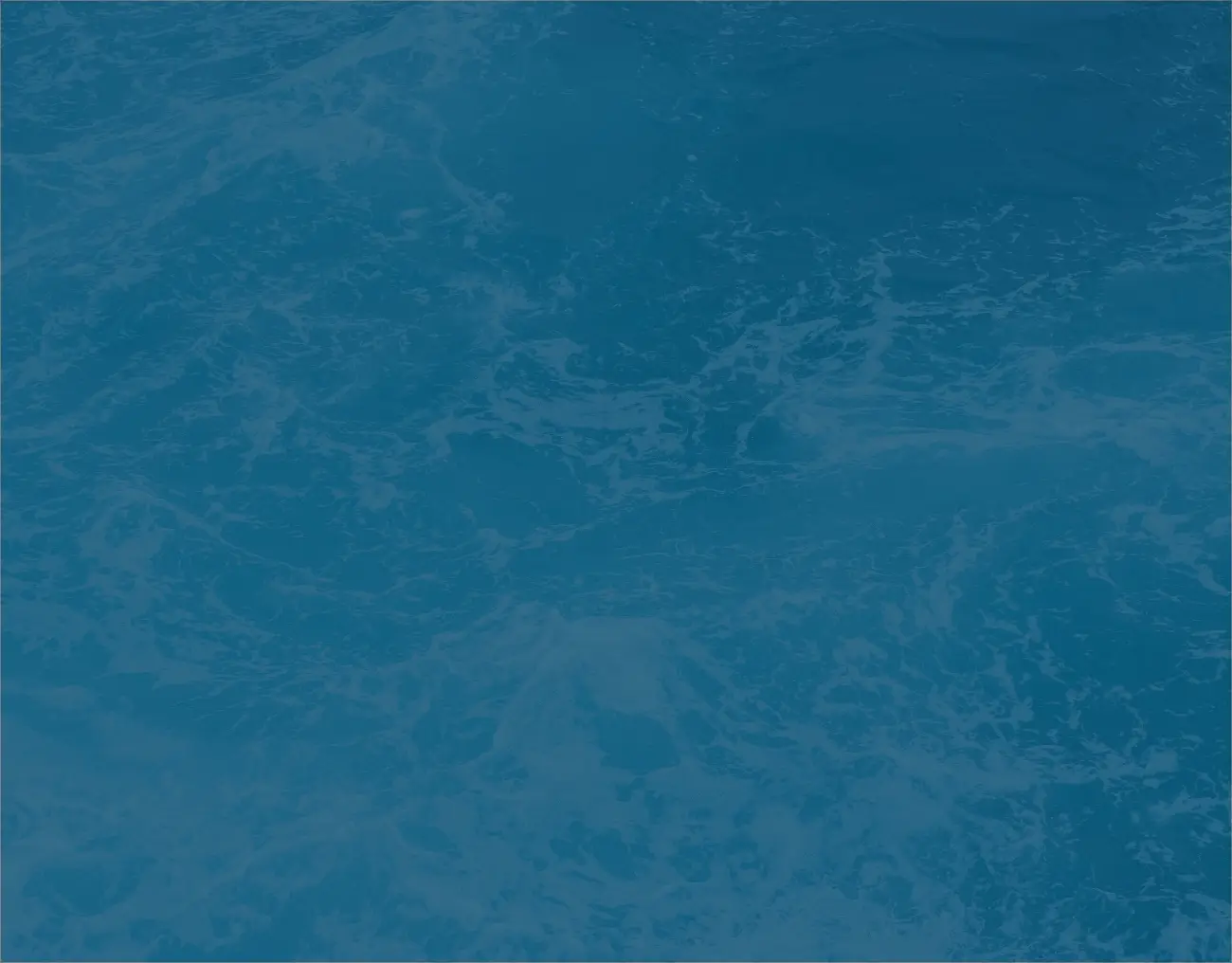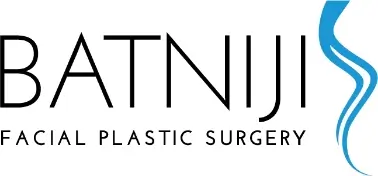Botox is the most popular of all cosmetic procedures, by a wide margin. Of the 15.1 million cosmetic procedures performed in the United States in 2013, the American Society of Plastic Surgeons reports that 13.4 million were of the “minimally invasive” type — injections, peels, laser treatments, and microdermabrasion. Of that group, 6.3 million were Botox — a 3 percent increase over the 6.1 million Botox procedures done in 2012.
What accounts for the amazing popularity of Botox? It’s remarkable that a bacterial protein associated with severe food poisoning is now a billion-dollar sector in personal aesthetics. Doctors have been nothing if not inventive with this paralyzing agent, using Botox to “freeze” frown lines, crow’s feet, and neck bands; to tame the upper lip so it reveals less gum when you smile; to stop excessive sweating (hyperhydrosis); and even, in conjunction with other treatments, as a non-surgical alternative to breast enhancement.
From Humble Beginnings
Botox got its “start,” so to speak, in the 1980s when doctors discovered that in small and diluted amounts, this little bacterial byproduct — botulinum toxin, spawn of the common Clostridium botulinum germ — could be used to treat crossed eyes and twitching eyelids.
So here was a life-improving medical application of a poison that paralyzes the muscles it touches by preventing them from receiving nervous system signals. The cosmetic wonders came later, as doctors began to notice a smoothing effect on skin above the muscles injected with the “A” strain of botulinum toxin — later renamed Botox by a pharmaceutical company.
By the time Botox got formal FDA approval in 2002 for use in cosmetic procedures, it had already become a hit with doctors and patients. There was even a brief Botox-shortage panic in the ’90s with the product so in demand.
Miracle Drug? Well …
A big part of Botox’s appeal is how quickly and non-disruptively it can be employed in comparison to full-on plastic surgery. It’s not a stretch to say the non-invasive, injectables industry was built on a Botox foundation. Although its effects are temporary, usually lasting three to six months, Botox can be applied in a single doctor’s visit, at a considerably lower cost per treatment, and with far less time out for recovery than surgery. Follow-up Botox treatments help keep lines and wrinkles at bay.
It may be a little too easy to hail Botox a “miracle drug.” It’s not a replacement for surgical procedures that produce longer-lasting and more foundational improvements in appearance. It can cause side effects including numbness, headaches, and rashes. And an inexperienced doctor can leave a Botox patient with muscle paralysis in unwanted places.
The doctor you choose is as important as the procedure you select. Dr. Rami K. Batniji is double board certified by the American Board of Facial Plastic and Reconstructive Surgery and the American Board of Otolaryngology. Based in Newport Beach, California, he specializes in modern techniques and uses state-of-the-art surgical equipment. Contact Dr. Batniji at (310) 467-2180 to schedule a consultation and to learn about the best uses of Botox and other cosmetic procedures.

